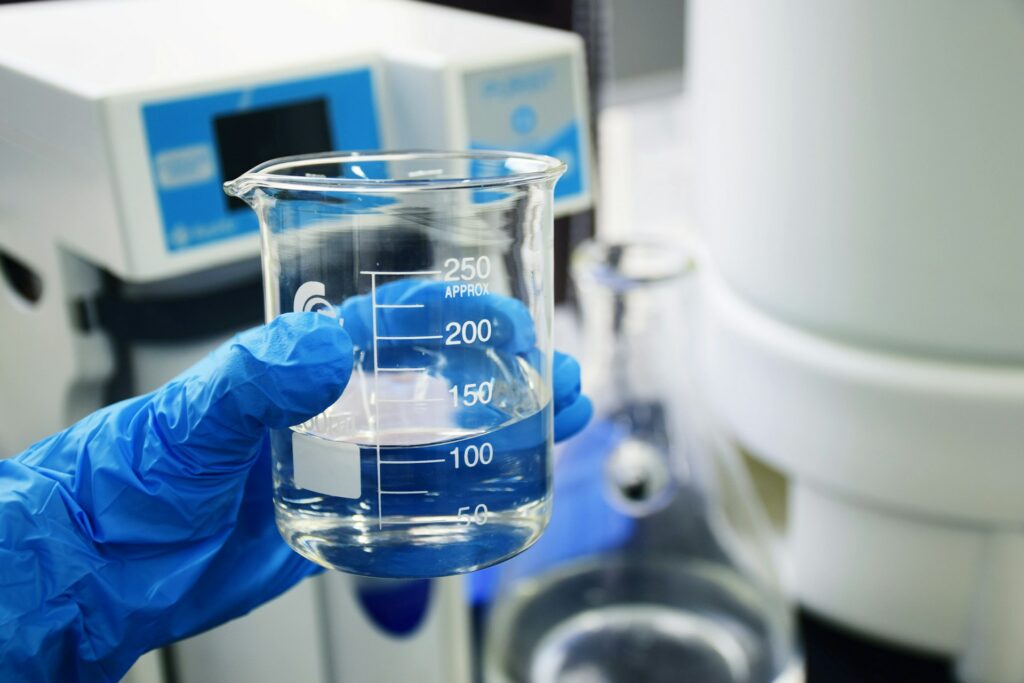This innovative method of water purification has been awarded an international prize.

This innovative method of water purification has been awarded an international prize.
Following the announcement that it had been awarded the coveted International Environmental Innovation Award for this year, a ground-breaking water purification system has garnered interest all across the world. The approach, which was developed by a group of scientists and engineers, employs a cutting-edge nanofiltration system in conjunction with renewable energy in order to eliminate impurities in a manner that is faster and more effective than traditional methods. This strategy, according to the opinions of experts, has the potential to revolutionize access to clean water in regions that are experiencing persistent droughts, disaster-stricken countries, and developing nations.
What the Technology Is Capable Of
The newly developed technique of purification makes use of nano-engineered membranes, which are capable of filtering out microplastics, viruses, germs, and even dissolved heavy metals when applied at the molecular level. Through the use of solar-powered pumping mechanisms, it is able to function at lower energy costs than standard systems, making it a perfect choice for communities that are not connected to the grid. Additionally, the membranes are self-cleaning, which substantially reduces the amount of maintenance that is required and dramatically extends the lifetime of the device.
Dealing with the Water Crisis Around the World
The World Health Organization estimates that there are around 2 billion people everywhere in the world who do not have access to clean drinking water. This cutting-edge approach is designed to close that gap by delivering purifying units that are not only economical but also scalable and portable, and they are capable of being used in both urban and rural environments. The technology has already been put through its paces in South Asia, sub-Saharan Africa, and South America, and the results have been encouraging, revealing a 99.9% decrease in hazardous infections.
There is recognition on a global scale.
During the Global Sustainability Conference, the prize was handed to the project, which was lauded for its potential to solve important humanitarian concerns, its effect on the environment, and its scalability. The judges emphasized the technology’s ability to combine cutting-edge research with practical application in the real world, and they pointed out that it has the potential to contribute to the achievement of Sustainable Development Goal 6 of the United Nations, which is to ensure that everyone has access to water and sanitation.
The Possibility of Widespread Adoption
To ensure that the technology is accessible to people all around the world, the developers are now collaborating with non-governmental groups, humanitarian agencies, and private investors. If financing and production are increased as intended, the system has the potential to significantly decrease the number of diseases that are transmitted by water and to improve the results of public health in some of the most vulnerable places of the globe.
Another Step Towards a Future That Is Sustainable
This award-winning technology offers a significant step toward the creation of a water supply that is more robust and sustainable. It does this by combining renewable energy with revolutionary filtration technologies. According to the opinions of specialists, with further development, it might also be used for the treatment of wastewater from industrial processes, which would contribute to the reduction of environmental pollution on a broader scale.







